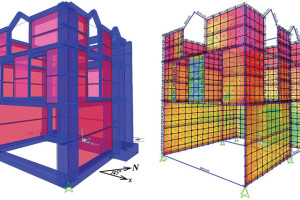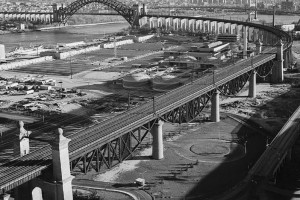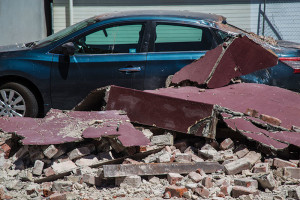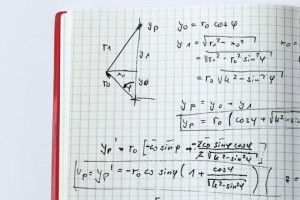Two major earthquakes hit the Cephalonia Island of Greece on January 26th and February 3rd of 2014, with magnitudes of M = 6.0 and 6.1. For comparison, the recent South Napa earthquake of August 24, 2014 had M = 6.0 (EERI, 2014) and the Northridge earthquake of 1994, which has been used in development of seismic codes, had M = 6.7 (NCEER, 1994). …
Review Category : Articles
New York City
Near the flagship Hell Gate Bridge (STRUCTURE, October 2013), and crossing a former inlet between Wards and Randalls Islands, stands Gustav Lindenthal’s still-in-service 1915 Little Hell Gate Bridge; four unique skewed-deck truss spans of reverse parabolic bowstring arches. They are visually striking, sited as they are above flat land and below miles of high plate-girder viaducts. The total length between centers of the abutments is 1153.5 feet. Four-rail tracks operate on the 60-foot wide deck (Figure 1). …
The U.S. Green Building Council (USGBC) continues to drive market transformation related to green building. Most recently, this is evidenced by the increase in the number of manufacturers and trade associations that have undertaken development of product category rules (PCRs) and environmental product declarations (EPDs) in response to a new credit in LEED v4. This article discusses the status of PCRs and EPDs in the concrete industry and how they can be used by structural engineers. …
Incorporating a Case Study
A problem-based learning case study is developed and can be incorporated as part of seismic design or earthquake engineering courses. In many universities, these courses are already part of the graduate course curriculum for students majoring in structural engineering. This is an advanced course and requires a strong background in structural analysis and dynamics of structures. …
Among categorizations of seismic behavior that have been adopted in modern codes is extreme torsional irregularity. Torsional irregularity is not an unfamiliar concept, having been expressed in codes in various forms for decades. It is an issue that engineers have learned to deal with, particularly in seismically active areas. Extreme torsional irregularity, however, is a somewhat newer concept and subset within the larger issue of torsional behavior. It is something that can greatly limit and restrict flexibility in choosing seismic force-resisting systems and configurations. …
Qui tam. Don’t know the phrase? You should. It is short for qui tam pro domino rege quam pro se ipso in hac parte sequitur, Latin for “who as well for the king as for himself sues in this matter.” Qui tam lawsuits are, according to Black’s Law Dictionary, lawsuits brought under a law “that allows a private person to sue for a penalty, part of which the government or some specified public institution will receive.” …
This article is the second in a series from CASE to help structural engineering firms become more profitable by using contracts effectively, focusing on how a young project manager can write and use contracts to achieve more successful projects.
In the hands of a young project manager (or any manager), a well-written contract is a valuable resource. A well-written contract can reduce uncertainties in scope, perform double-duty as a project work plan (including manpower breakdowns if scope is itemized into different tasks), start communications with the client off on a good path, and make identification of additional services-worthy items more clear. …
Simpson Gumpertz & Heger Inc. was an Outstanding Award Winner for the East Station Plaza – Danseurs (Dancers) project in the 2014 NCSEA Annual Excellence in Structural Engineering awards program (Category – Other Structures).
Union City, California wanted to develop a civic plaza to the east of the Union City BART station. Although money was tight due to the economic downturn, the City allocated local grant funding for the plaza upgrades. …
Thoughts on Building Seismic Performance Objectives
“Danger. Extremely Flammable. Fire/Explosion Hazard.” These words are printed in cautionary lettering on a little green propane
tank used for my camping stove. Equally interesting, though not quite as dramatic, is the word “overbuilt” printed just above the manufacturer’s name. In context with the outcome of failure – an explosion – overbuilt seems stout, safe and ultimately reassuring. …
Unprecedented challenges face the structural engineering profession in the years to come. Threats from foreign competition, opposition to structural licensure, dwindling profits, decline in ethics, and increased risk and expectations are at our doorstep now. It has become obvious that trying to maintain the status quo will only result in a decline in the relevance of the profession. An idiom states that there are three types of people: Those that are in the loop, those that are out of the loop, and those that don’t know there is a loop. …










